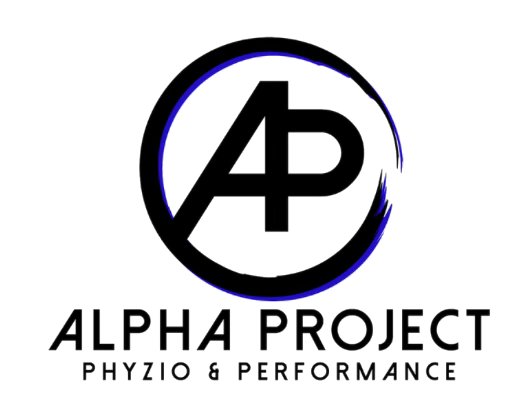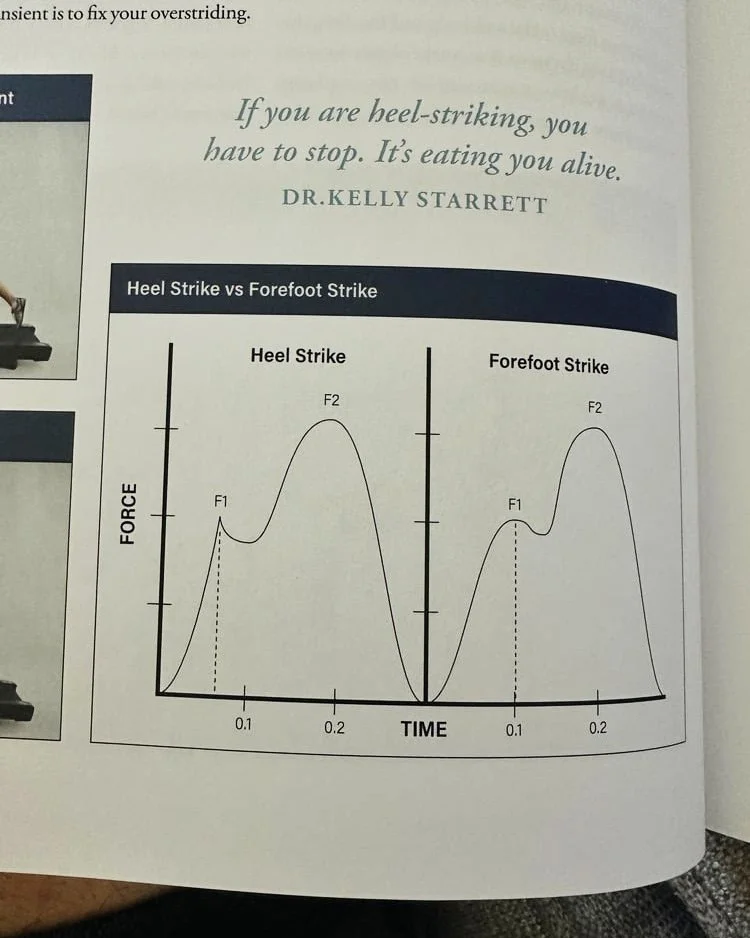Is There a Proper Foot Strike for Running?
Heel strikes, Mid foot strikes, Forefoot strikes, oh my! Is there a right way to hit the ground when running?
Heel strike? Mid Foot Strike, Forefoot (Ball of foot) Strike? Is there a best way to strike the ground when running? It's a common question among runners that I get asked ALL THE TIME by runners of all levels. It's an often-debated topic that doesn't seem to have a clear answer.
This article discusses proper foot strike and what that should look like for runners.
What is Foot Strike?
First, let's review what foot strike is and why it's important.
The term "foot strike" is used in running to determine which part of the foot makes contact with the ground as you run – in other words, how your foot lands on the ground each time you stride.
For runners, how our feet strike the surface as we move may impact our speed, energy consumption, injury risk, and overall performance.
What are the Different Types of Footstrike?
There are three types of possible foot strikes when we run:
Forefoot strike: the forefoot lands first. The heel can land afterward or not at all.
Midfoot strike: the outside edge of the middle of the foot lands first. Then the foot flattens and both forefoot and heel are on the ground.
Heel strike: the heel lands first, followed by the forefoot.
The question of which foot strike is best for your health has been hotly contested for decades. Some runners swear that forefoot or midfoot striking is more "natural" or biomechanically efficient, especially in barefoot running circles. Others argue that heel striking can be just as effective and safe.
So, What's The "Best" Footstrike?
If you want the short answer – foot strike doesn't matter as much as we think it does.
The long answer is it depends on what the rest of our running form looks like!
To understand the heel strike, mid foot strike, and forefoot strike, we have to understand the forces that occur on our body when we run.
When your foot initiates contact with the ground, there's not much force going through your body. As our feet continue to make contact with the ground, more ground reaction force is going through our body.
As you spend more time on the ground, more force is going through your body. Below is a photo from the Built To Run Book that shows the difference between heel striking and forefoot striking.
However, if you look at the start of each graph... there is no difference! They start in the exact same place and do not notice much of a change until .05 seconds.
The great thing is that our bodies are a fantastic piece of engineering work. Our bodies can easily handle this force. In fact, our bodies can handle it over and over and over again. We'll call this force "loading rate".
Here's the problem. When this force occurs too quickly, it can overload our muscles, tendons, and joints. That's when overuse injuries have a higher chance of occurring. Heel striking on its own will increase the loading rate.
However, if you have an efficient heel strike, there is no need to worry. The problem arises when you are over-striding AND heel striking, causing the loading rate to skyrocket and can even cause more ground reaction force through your body.
The Bottom Line of Footstrike
The "best" foot strike isn't about choosing heel, midfoot, or forefoot—it's about how efficiently you move overall, since problems arise not from the strike itself, but from poor mechanics like overstriding that increase loading rates and injury risk.
At Alpha Project Phyzio, we are physical therapists for runners, helping them work through injuries and perform their best.



